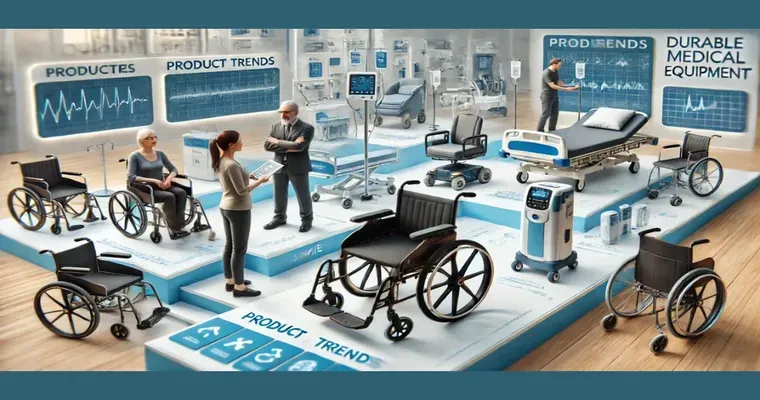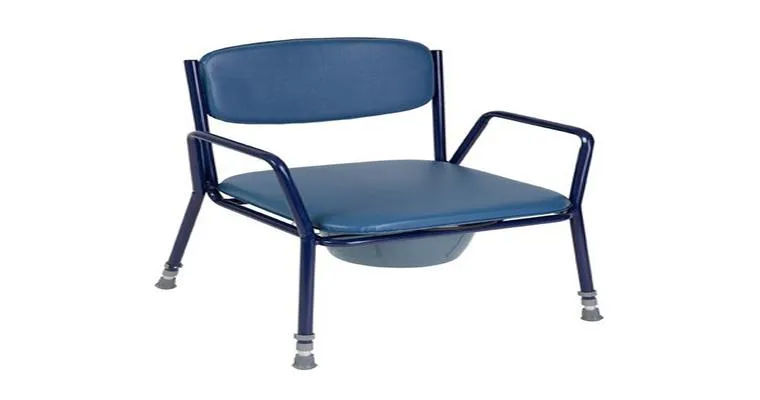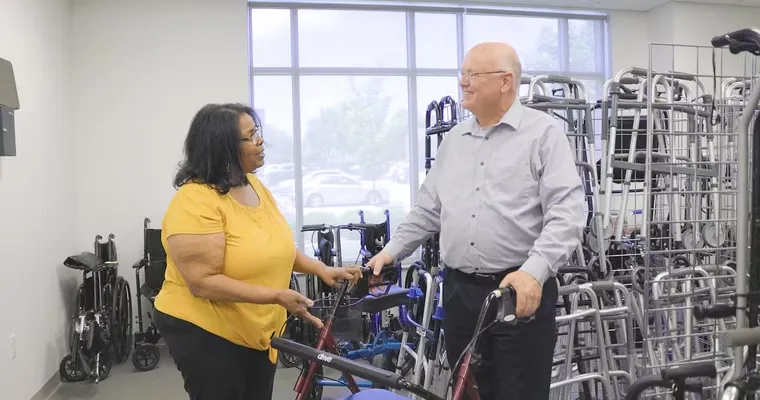When dealing with "durable medical equipment" (DME), one often faces the challenge of figuring out who will pick up this equipment once it is no longer needed. Whether it is a wheelchair, hospital bed, or other medical devices, knowing how to arrange for the "pickup of durable medical equipment" can save you time and effort. In this article, we will explore the various options available for DME pickup and provide helpful tips to streamline the process.
Understanding Durable Medical Equipment
"Durable medical equipment" refers to items that provide therapeutic benefits to patients in need of assistance due to medical conditions or disabilities. Common examples include oxygen tanks, mobility aids, and feeding tubes. While these items can greatly improve the quality of life for users, they may eventually need to be returned or disposed of properly.
Who Will Pick Up Durable Medical Equipment?
1. "Home Health Care Providers": Many home health care agencies offer services that include the pickup of "durable medical equipment". If you received your equipment through a home health provider, it’s best to contact them directly for assistance with the pickup. They often have the necessary logistics and resources to handle the return process efficiently.
2. "Medical Supply Companies": If you acquired your equipment from a medical supply company, they usually have policies in place for picking up equipment. Contact the store or company to inquire about their pickup services. They may schedule a time for collection and provide you with instructions on preparing the equipment for return.
3. "Community Organizations": Some local charities and community organizations accept donations of "durable medical equipment". If your equipment is still in good condition, consider reaching out to these organizations. They may offer pickup services, or you might need to drop off the equipment at a designated location.
4. "Insurance Providers": If your DME was covered by insurance, check with your insurance provider about their policies for equipment return. They may have specific vendors or guidelines for returning the equipment, including arranging for pickup.
5. "Online Platforms": In today’s digital age, several online platforms connect individuals looking to donate or sell used "durable medical equipment". Websites and apps dedicated to medical equipment exchanges can help you find someone interested in taking your equipment off your hands. Some of these platforms also offer pickup services.
Tips for Arranging Pickup
"Prepare the Equipment": Before the pickup, ensure that the equipment is clean and in good condition. Remove any personal items and ensure that all parts are included.
"Schedule in Advance": Whether you are working with a home health care provider or a medical supply company, scheduling the pickup in advance can help ensure a smooth process.
"Understand the Policies": Familiarize yourself with the return policies of the organization you are working with. This includes understanding any potential fees or requirements for pickup.
"Keep Records": Maintain records of any communications regarding the pickup. This includes receipts, emails, or notes from phone calls, which can be helpful in case of any discrepancies.
Conclusion
Finding out who will pick up your "durable medical equipment" does not have to be a daunting task. By reaching out to home health care providers, medical supply companies, community organizations, insurance providers, or utilizing online platforms, you can easily arrange for the pickup of your equipment. Remember to prepare the items properly and understand the pickup policies to ensure a hassle-free experience. Making the right choice not only helps you but also provides others with access to essential medical equipment.





